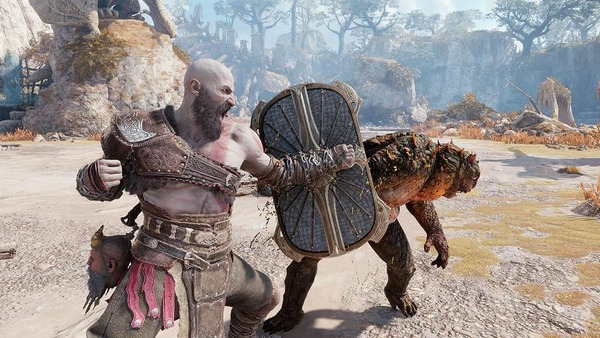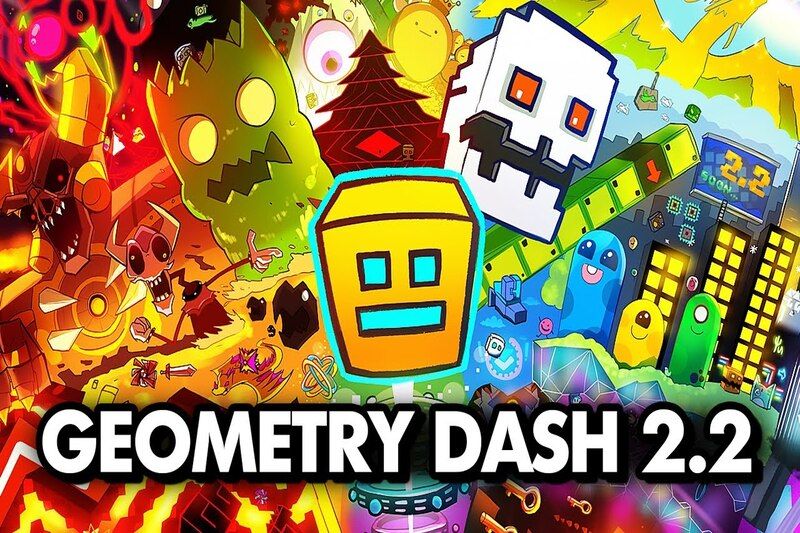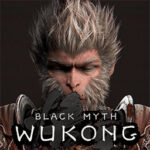Advertisement
Popular Now
BeamNG.drive, a soft-body physics vehicle simulation game developed by BeamNG GmbH, has captivated players since its early access release in 2013. Unlike traditional racing games, it emphasizes realistic vehicle dynamics, allowing players to experience lifelike driving, crashing, and customization. Mastering vehicle dynamics—how cars handle, respond, and deform under various conditions—is central to unlocking the game’s full potential. This guide provides a detailed, step-by-step approach to mastering vehicle dynamics in BeamNG.drive, exploring techniques, tools, and strategies across the game’s evolution. From understanding physics to fine-tuning vehicles, we’ll cover essential skills to elevate your gameplay, arranged chronologically and thematically to reflect the game’s development and growing complexity.
Vehicle dynamics in BeamNG.drive involve managing acceleration, braking, steering, and suspension under diverse scenarios, from high-speed races to off-road challenges. The game’s soft-body physics engine, which simulates every component of a vehicle, demands precision and adaptability. This article outlines how to harness these dynamics effectively, drawing on updates, community insights, and practical tips to help both newcomers and veterans excel.
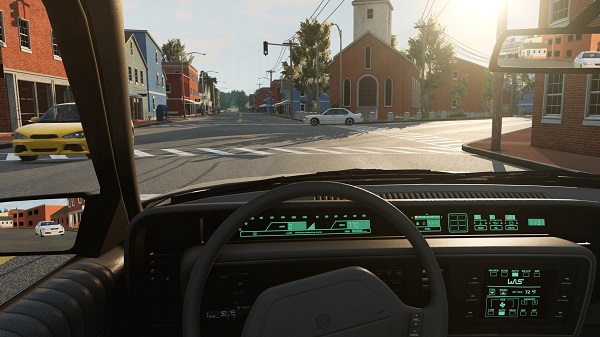

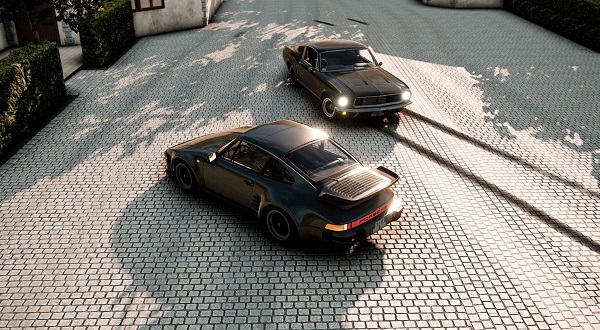
Getting Started: Understanding the Physics Engine

The Core of BeamNG.drive
When BeamNG.drive entered early access in 2013, its soft-body physics engine set it apart. Unlike rigid-body physics in most racing games, BeamNG’s engine simulates individual vehicle components (e.g., chassis, suspension, tires), allowing realistic deformation and handling. To master vehicle dynamics, players must first grasp how this engine affects driving, as every input—steering, throttle, or braking—interacts with a vehicle’s physical properties.Learning the Basics
Start by experimenting in Freeroam mode on the Grid map, a flat, open space ideal for testing. Drive slowly to observe how weight shifts during acceleration or cornering. For example, hard braking causes the front suspension to compress, shifting weight forward, which can lead to understeer if not managed. Understanding these basics lays the foundation for advanced techniques.Initial Tips for Beginners
- Use Default Vehicles: Start with stock cars like the Gavril D-Series to learn baseline handling.
- Adjust Camera: Use the free camera (C key) to observe suspension and tire behavior.
- Practice Slow Inputs: Gentle steering and throttle inputs prevent loss of control.
Early Challenges: Handling Stock Vehicles

Stock Vehicle Limitations
By 2014, BeamNG.drive offered a range of stock vehicles, each with unique dynamics. Cars like the Ibishu Pessima handle differently from the heavy Bruckell Moonhawk due to variations in weight, suspension, and tire grip. Mastering these requires understanding how each vehicle responds to inputs, especially in scenarios like tight corners or high-speed straights.Overcoming Understeer and Oversteer
Understeer (when the car resists turning) and oversteer (when the rear slides out) are common challenges. To counter understeer, reduce throttle mid-corner and steer smoothly. For oversteer, apply counter-steering and ease off the throttle. Practice these on maps like East Coast USA, where varied terrain tests your ability to adapt.Common Handling Issues
- Understeer: Often occurs in front-wheel-drive cars; reduce speed before corners.
- Oversteer: Common in rear-wheel-drive vehicles; practice counter-steering.
- Weight Transfer: Sharp inputs disrupt balance; use gradual controls.
Exploring Scenarios: Applying Dynamics in Campaigns
Scenario-Based Learning
In 2015, BeamNG introduced scenarios, scripted missions that test specific driving skills. Scenarios like “Delivery” or “Canyon Run” require precise control under time pressure or hazardous conditions. These missions teach players to adapt dynamics to real-world-like situations, such as avoiding obstacles or maintaining speed on uneven terrain.Mastering Specific Scenarios
For example, the “Hirochi Raceway” scenario demands high-speed cornering. To succeed, maintain a racing line—entering corners wide, hitting the apex, and exiting wide—while managing throttle to avoid skids. Scenarios also highlight the importance of vehicle choice; a lightweight sports car like the Ibishu Covet excels in agility but struggles with stability at high speeds.Vehicle Tuning: Unlocking Performance
Introduction to Tuning
By 2016, BeamNG.drive’s tuning options expanded, allowing players to adjust suspension, tire pressure, gear ratios, and more. Mastering vehicle dynamics requires understanding these settings. For instance, softening suspension improves grip on bumpy terrain but reduces stability at high speeds. Access the tuning menu (Ctrl+W) to experiment.Key Tuning Adjustments
Focus on suspension stiffness and tire pressure initially. Stiffer suspension suits smooth tracks like Italy, while softer settings excel off-road. Lower tire pressure increases grip for off-roading but reduces efficiency on pavement. Test changes on the Jungle Rock Island map to see immediate effects.Tuning Essentials
- Suspension: Stiffer for tracks, softer for off-road.
- Tire Pressure: Lower for grip, higher for speed.
- Differential: Adjust for better traction in specific scenarios.
Modding: Expanding Dynamics with Community Creations
The Power of Mods
The 2017 introduction of the Steam Workshop brought a flood of community mods, from hyper-realistic cars to custom maps. Mods like the Gavril T-Series add heavy vehicles with unique dynamics, such as increased weight transfer during braking. Mastering these requires adapting to new physics profiles.Using Mods Effectively
Download mods from the in-game Repository or Steam Workshop. Test modded vehicles on open maps like West Coast USA to understand their handling. For example, high-powered modded supercars often require precise throttle control to avoid spins. Always check mod compatibility to avoid performance issues.Modding Tips
- Start Simple: Try popular mods like the ETK 800 Series.
- Test Thoroughly: Use Grid map to isolate handling traits.
- Backup Saves: Mods can corrupt saves; back up your progress.
Advanced Techniques: Drifting and Rallying

Drifting Dynamics
By 2018, drifting became a popular playstyle, thanks to community maps and vehicles optimized for slides. Drifting requires mastering oversteer by balancing throttle and steering inputs. Use rear-wheel-drive cars like the Ibishu 200BX, lower tire pressure, and practice on maps like Industrial Site.Rallying Challenges
Rally scenarios, introduced in updates, demand control on loose surfaces like gravel. Maintain momentum while avoiding oversteer by using smooth inputs. Adjust suspension to absorb bumps and increase tire grip. The Italy map’s dirt roads are perfect for practicing rally techniques.Advanced Skills
- Drift Initiation: Use handbrake or clutch-kick to start slides.
- Rally Lines: Choose wider paths to maintain speed on loose surfaces.
- Recovery: Learn to correct slides quickly to avoid crashes.
Multiplayer Dynamics: Collaborative Driving
Multiplayer Introduction
In 2019, experimental multiplayer support allowed players to drive together, adding new dynamics challenges. Coordinating with others in races or convoys requires understanding how your vehicle’s dynamics interact with others. For example, drafting behind another car reduces drag but risks collisions if braking is mistimed.Multiplayer Strategies
Join public servers or host private ones to practice. Use voice chat (via Discord) to coordinate. Focus on maintaining consistent speed and spacing to avoid disrupting others’ dynamics. Maps like Utah, with wide roads, are ideal for multiplayer practice.Physics Updates: Refining Realism
Engine Improvements
Updates in 2020 and 2021 refined the physics engine, improving tire friction and suspension simulation. These changes made vehicles feel more responsive but also more sensitive to errors. For instance, high-speed cornering now requires precise weight management to avoid rollovers.Adapting to Updates
Revisit familiar vehicles post-update to relearn their handling. Test on the Automation Test Track, which offers varied surfaces. Pay attention to patch notes (available on BeamNG’s official site) to understand specific changes, such as improved aerodynamics or tire wear.Update Adjustments
- Tire Friction: Higher grip requires smoother inputs.
- Suspension Realism: Adjust for new weight transfer behaviors.
- Aerodynamics: High-speed stability varies by vehicle.
Competitive Play: Time Trials and Leaderboards
Time Trial Mastery
By 2022, time trials and leaderboards became prominent, pushing players to optimize dynamics for speed. Tracks like Hirochi Raceway demand perfect racing lines and tuning. Analyze replays (Shift+Tab) to identify where dynamics falter, such as excessive understeer in tight corners.Competitive Tuning
Fine-tune gear ratios for faster acceleration or top speed, depending on the track. For example, shorter gears suit twisty courses, while longer gears benefit high-speed straights. Use the telemetry app (Ctrl+T) to monitor tire grip and suspension load during runs.Future Horizons: Evolving Dynamics
Ongoing Development
From 2023 to 2025, BeamNG continues to evolve, with updates enhancing weather effects and terrain interaction. Rain and snow, introduced in recent patches, alter tire grip, requiring adaptive driving. Mastering these conditions involves reducing speed and using softer suspension settings.Preparing for the Future
Experiment with new features like dynamic weather on maps like Johnson Valley. Stay active in the BeamNG community (forums or Discord) to learn about upcoming updates. Practice on modded maps with extreme conditions to build versatility in handling dynamics.Future-Ready Tips
- Weather Adaptation: Lower speed in rain; use all-wheel-drive vehicles.
- Community Engagement: Join forums for tuning tips and mod recommendations.
- Experimentation: Test new physics features in Freeroam mode.









